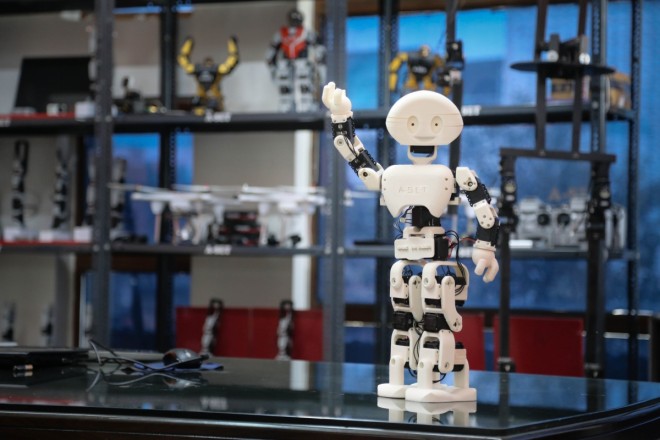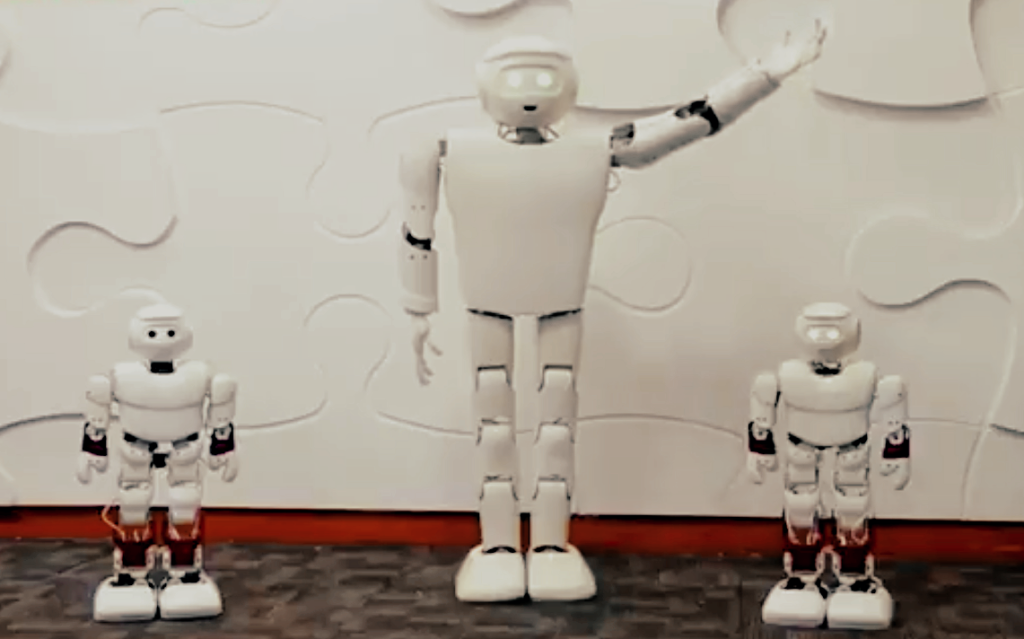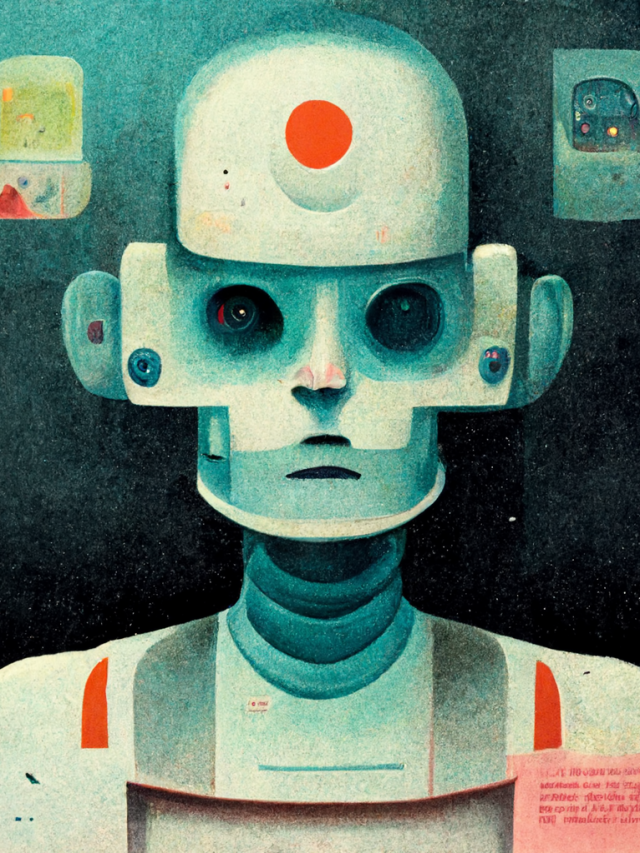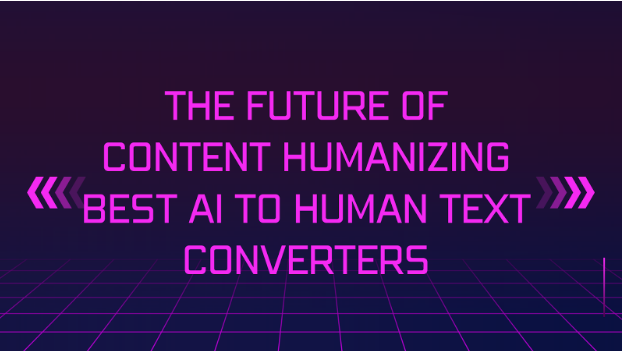The Rise of Humanoid Robots in India
Humanoid robots have become a hot topic of conversation, especially after the unveiling of Optimus at Tesla’s AI Day in 2022. With the increasing interest in human-robot interactions and customer assistance in workplaces, the market for humanoid robots is expected to grow at an impressive rate. According to a report, the humanoid robot market is projected to register a Compound Annual Growth Rate (CAGR) of 63.5% between 2022 and 2027. India, in particular, has been making significant strides in the field of robotics and has emerged as a key player.
Let’s take a closer look at some of the most remarkable humanoid robots developed in India:
1. Manav: India’s First 3D Printed Humanoid Robot
Manav, standing at about two feet tall, was unveiled at the IIT Mumbai Tech Fest. This 3D printed robot is capable of performing various tasks such as walking, talking, and even dancing, all through voice commands. With an open-source code, Manav can be trained in real-time, allowing it to learn and respond dynamically like a human child. Equipped with Wi-Fi and Bluetooth connectivity, as well as a rechargeable lithium polymer battery, this humanoid robot found its place in engineering and research institutes for educational purposes.

2. IRA: HDFC Bank’s Interactive Customer Assistance Robot
IRA, developed by HDFC Bank Ltd., serves as a friendly face at one of their branches in Mumbai. Initially, IRA greeted customers and provided them with a list of services offered by the bank. In its second installment, IRA 2.0, launched in Bangalore, the robot not only guides customers within the branch but also interacts with them, answering bank-related queries and frequently asked questions. This innovative approach to customer service showcases the potential of humanoid robots in enhancing the banking experience.

3. Mitra: The Versatile Customer Service Robot
Mitra, developed by Bangalore-based Invento Robotics, gained recognition after its appearance at the GES 2017 summit, where it opened the event and interacted with prominent figures like Ivanka Trump and Prime Minister Narendra Modi. During the Covid-19 pandemic, Mitra played a vital role in hospitals, acting as a point of contact between patients and their loved ones. With a screen attached to its chest, Mitra facilitated communication and also assisted medical staff by taking readings and providing timely reminders to patients.

4. RADA: Vistara Airlines’ Assisting Robot
RADA, deployed at the Indira Gandhi International airport in Delhi by Vistara Airlines, serves as a customer-assistance robot. It not only answers passengers’ queries but also provides entertainment options such as games, songs, and videos. With the ability to scan boarding passes and provide flight-related information like terminal details, departure gates, and weather conditions, RADA enhances the overall travel experience for flyers.

5. RoboCop: The Policing Assistant
RoboCop, stationed at the Kerala police headquarters in Thiruvananthapuram, takes on the role of a Sub Inspector (SI). Acting as a front office manager, RoboCop interacts directly with visitors, providing directions and assisting with administrative tasks. The robot can even fix meetings, issue identity cards, and maintain records of visitors, showcasing its ability to handle multiple functions effectively.

6. INDRO: India’s Tallest Humanoid Robot
INDRO, created by Santosh Hulawale, holds the distinction of being the tallest humanoid robot in India.

INDRO was built using low-cost materials within a household setting. This versatile robot is designed for various purposes, including household chores, entertainment, and educational activities. With a platform capable of carrying up to 150 kg of payload, INDRO can assist with heavy lifting tasks. Its human-like hands can handle weights up to 2 kilograms, enabling it to perform a wide range of actions. The latest version of INDRO stands at an impressive height of 6 feet and is powered by Artificial Intelligence and Machine Learning technology. It excels in precision and speed, making it capable of handling multiple tasks efficiently. Additionally, INDRO is equipped with face recognition software, allowing it to recognize individuals it has interacted with before.
7. KEMPA: The Friendly Airport Assistant
KEMPA, developed by Sirena Technologies in Bangalore, serves as a customer-assistance robot at Kempegowda International Airport. This helpful robot assists passengers by providing information about flights, check-in details, and scanning luggage. Moreover, KEMPA can share insights about Bangalore’s culture and heritage, as well as recommend tourist places to visit. With its ability to engage in conversation, KEMPA aims to provide a delightful and informative experience for travelers.

8. AcYut: India’s Indigenous Robot
AcYut holds the distinction of being India’s first indigenous humanoid robot. It was developed by undergraduate students at the Birla Institute of Technology and Science (BITS), Pilani, with support from the Government of India (DEITY) and BITSAA. AcYut has represented India at numerous international venues, including RoboCup and RoboGames. It participates in the highly competitive Humanoid Teen Sized Soccer Leagues at Robocup, where autonomous robots engage in soccer matches. AcYut showcases the technological prowess of India in the field of humanoid robotics.

India’s progress in the field of humanoid robots is remarkable. With each new development, these robots are pushing the boundaries of what is possible in terms of human-robot interactions and customer assistance. The presence of these innovative machines in various sectors such as education, banking, healthcare, aviation, and law enforcement is transforming the way we live and work. As technology continues to advance, we can expect even more remarkable humanoid robots to emerge, revolutionizing our daily lives and shaping the future of human-robot interactions.







Leave a Reply